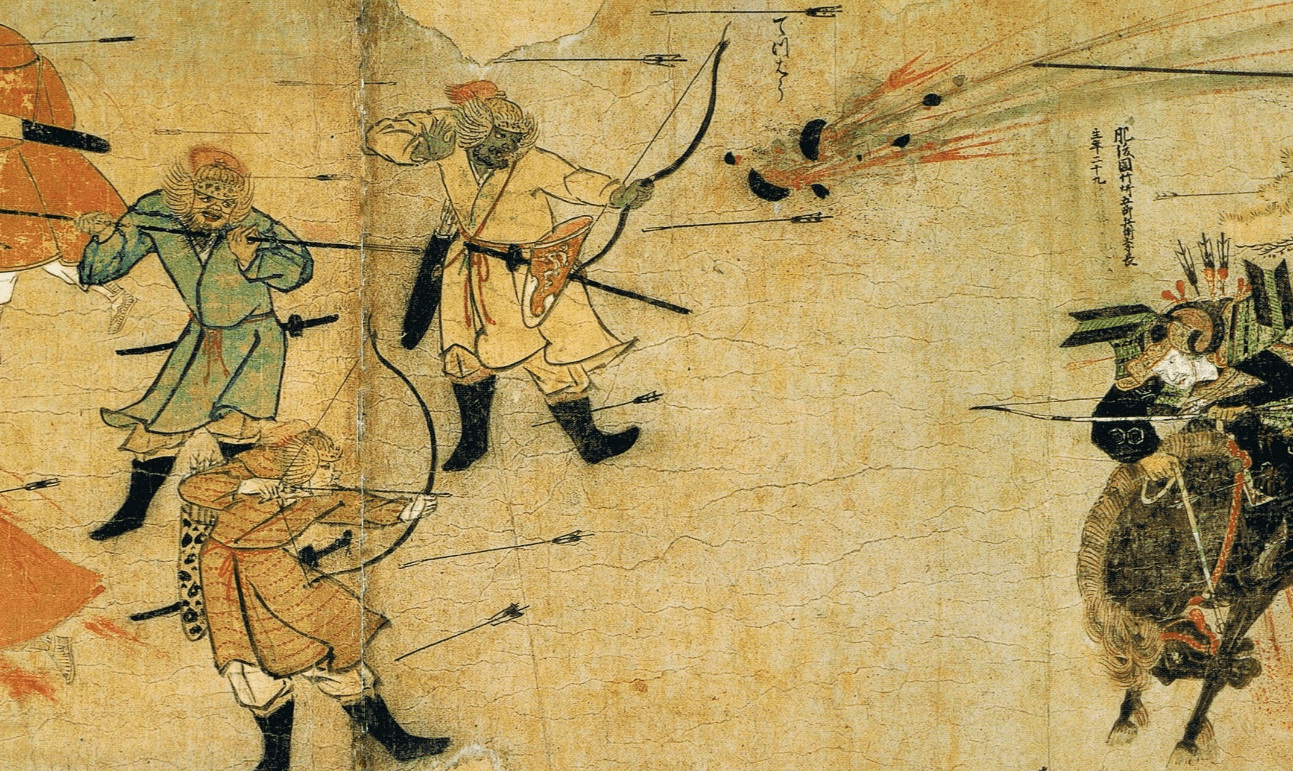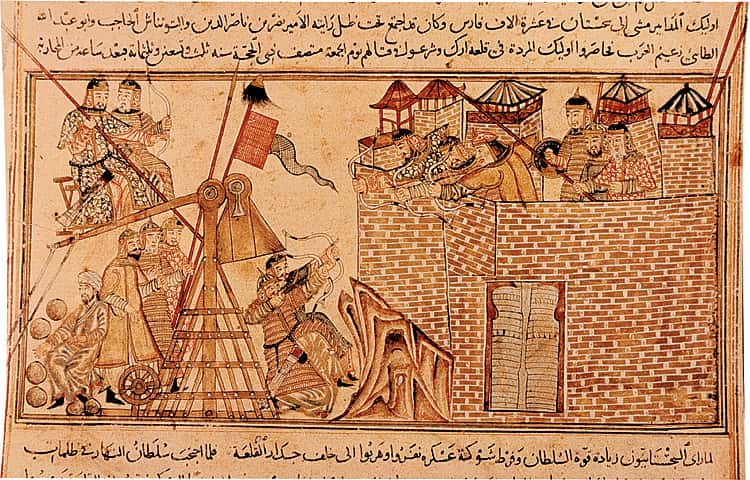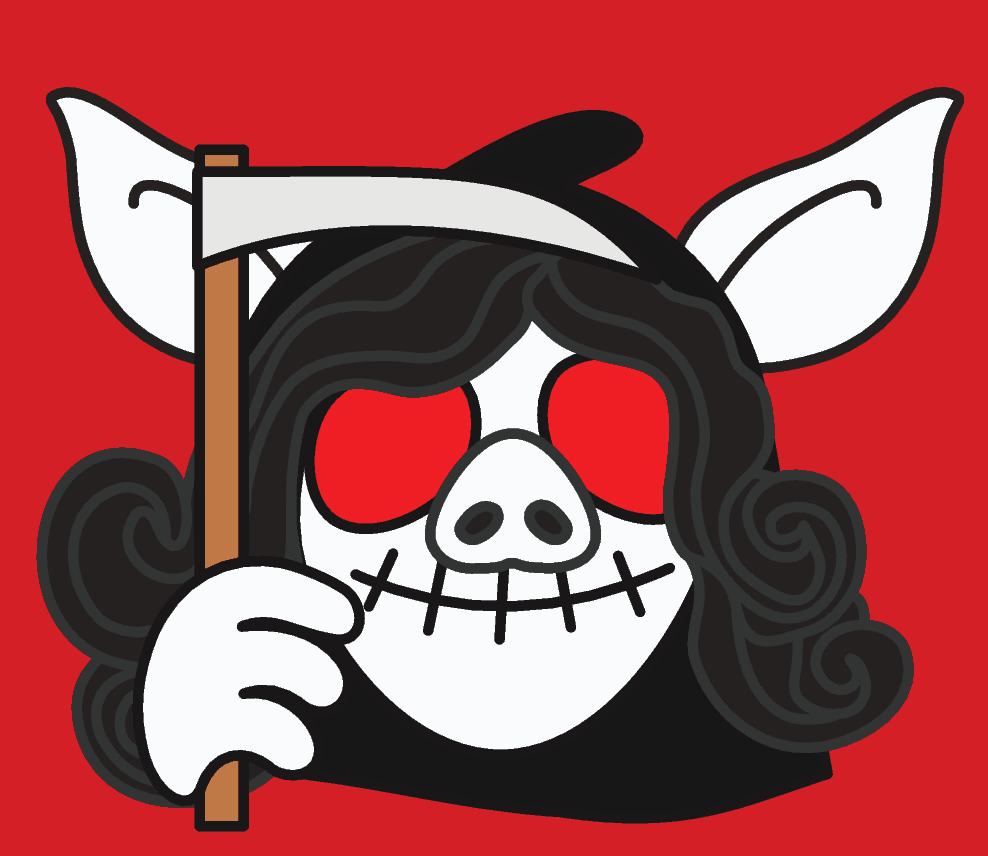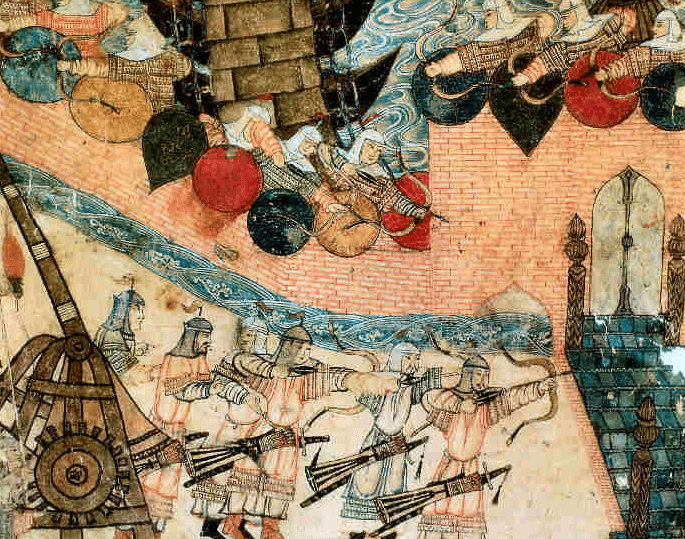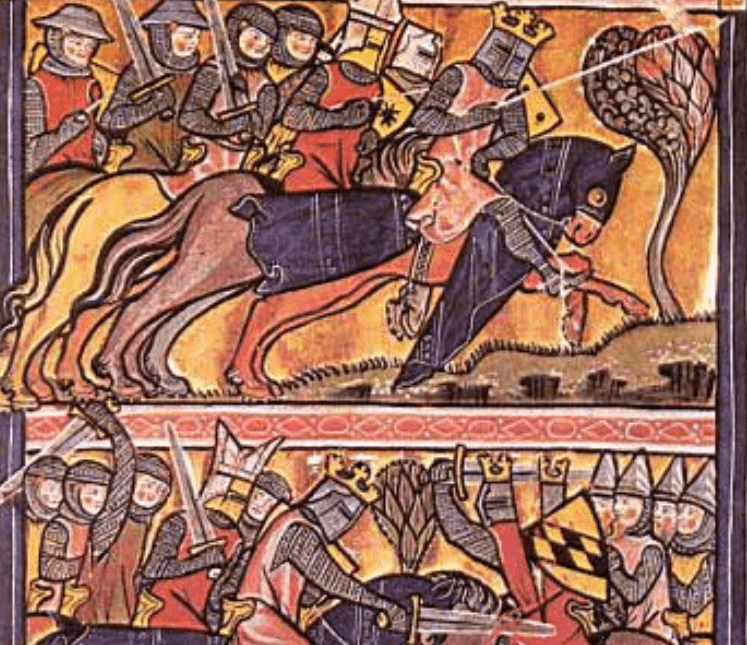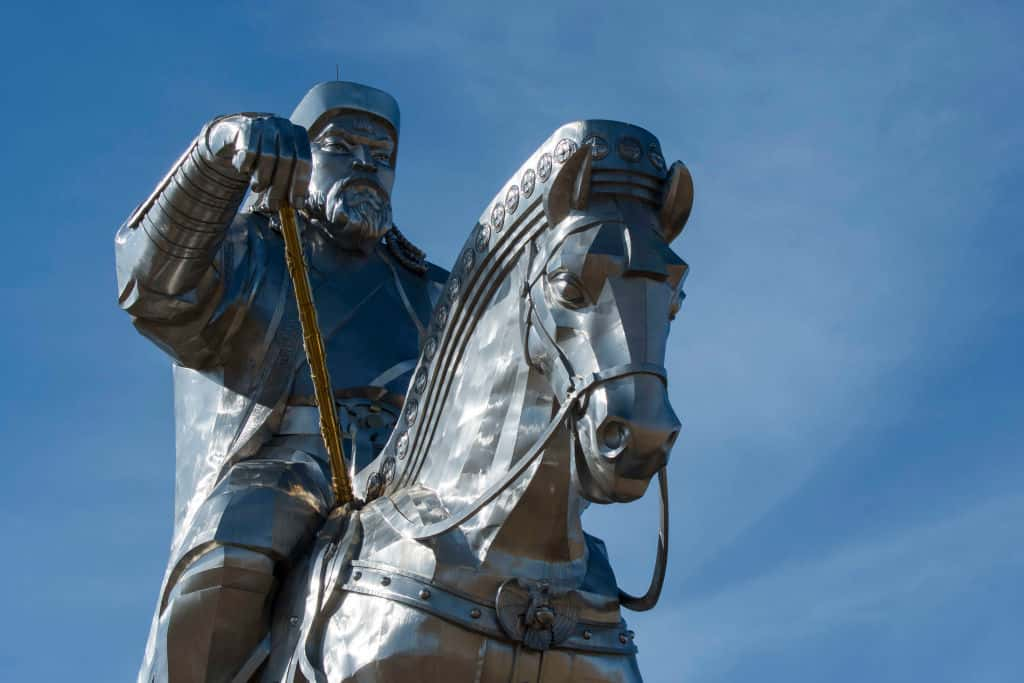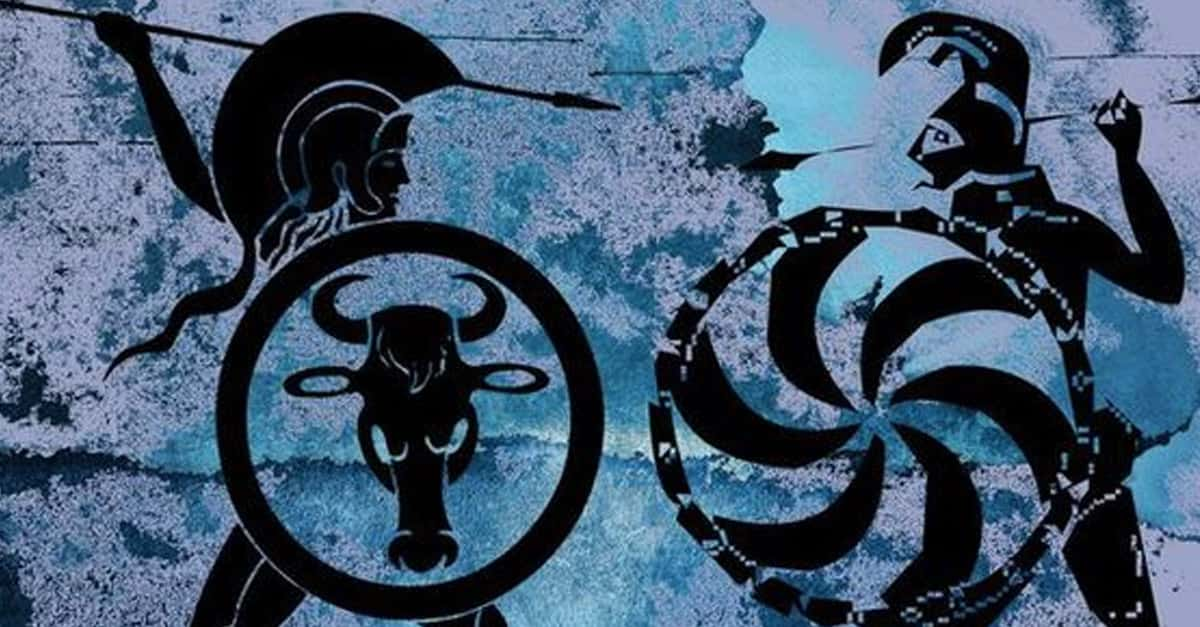The first and last time Eurasia was united from China to the Black Sea was during the reign of the Mongol Empire. Though short-lived, the Mongols set the foundation of political possibility in Eurasia through aggression and terror, but also through expanded imagination and creativity. Here are 43 facts about one of history's greatest empires.
43. In No Time At All
Though it may sound paradoxical that a nomadic group of people could transform Eurasia with its scattered peoples, but Chinggis Khan, or Genghis Kahn as you might know him, and his family were able to create the largest empire of its time in just seven decades, based on the political toolkit of earlier Eurasian empires use of a nomadic pastoral economy.

42. Prime Conditions
The Mongols developed on the Eurasian steppe, a mass of rolling plains, forests, mountains, and tundra with a climate of extremely variable weather. Due to the difficulties of living in this area, organized mobility became a crucial component of any society there, and a unique management of people became the distinctive style of a Eurasian empire. Along with ending people from on horseback, of course.
41. Spread of Khan
The title of Khan as a supreme ruler comes from the Turkic empires of 552-734 CE, who were ruled by a leader called a khaqan.
40. Do It All Leader
The ruling privilege of the Khan was considered a mandate from Tengri, the chief god of the sky and all the nomads who lived under it. Shamans were the spiritual helpers of society, as they could make contact with spirits. Many leaders relied on shamans, but some rulers claimed the ability to access the gods themselves.
39. The Essence of Everything
Tengri was an overarching deity, who ruled over a world of spirits that humans could address, appeal to, and appease. Due to this belief system, the Mongols were accommodating to other religions and actually protected forbidden sects of Christianity and Buddhism.
38 The Holy Mountain
High places were thought of as sacred by the Mongols, due to their proximity to the heavens, and Burkhan Khaldun was their most sacred mountain.
 Wikipedia
Wikipedia
37. Welcome
Because of their religious beliefs, Mongols lived in stark contrast to their contemporaries, who were often constricted by institutionalized churches and disrupted by competing religious factions or schisms. They were able to be inclusive rather than exclusive, unlike the monotheistic empires around them.
36. To End A Brother
The Mongols mode of choosing an emperor was through a combination of warriorhood and lineage. They used a form of tanistry where the sons and brothers of the passed chief would contend with one another for the open seat. The idea was that the most qualified candidate for the throne should lead them, rather than someone who just happened into being the firstborn son.
35. Chiefly Decision
To choose the next Khan, a great council called a kurultai would be held to make the decision. While on the surface it may seem like this method of succession could lead to many crises, it actually looked more like a rigorous, yet rather normal procedure. A khan had to be a man of chiefly family who won the highly competitive competition to display his battle and diplomacy skills.

History's most fascinating stories and darkest secrets, delivered to your inbox daily.
34. Tiny Army
By the age of three, Mongol children were taught to ride horses by their mothers. In order to prevent injury, the children would be tied to the horse at first, and within a couple of years, the child would begin training with a bow and arrow.
33. Incredible Feats
Clearly, the Mongols had intense training and this led to extraordinary abilities. They had a great deal of knowledge about the land they lived on, the weather conditions, vegetation, and water supply. There are various contemporary claims about their remarkable visual skills, which include an account of a Mongol catching an enemy hiding behind bushes up to four miles away, and the ability to distinguish between animals and humans from 18 miles away.
32. 2-in-1
The Mongols mastered the use of the bow and arrow, but when they went to battle they didn’t use just one type of arrow. Their composite bow was capable of throwing over 750 feet with 116 lbs of pull, and they utilized both light and heavy arrows, depending on the occasion.
31. Trickery
While their contemporaries perceived the Mongols as having a massive horde of warriors on the battlefield, this was due to superior deployment strategies as they were actually outnumbered in most battles. Mongols used a mixture of evolved mobility skills and enveloping strategies to encircle their enemies, making these enemies believe they were outnumbered and using the fear this caused to their advantage.
30. Ain’t No Match
When Genghis Khan invaded China, the Jin Dynasty boasted the largest army in the world with over 1 million army. That didn’t mean anything to the hungry Mongols, and their army of 90,000 laid waste to over 500,000 Chinese on route to gaining control over Northern China.
29. Dummy Battle
The Mongols also deployed strategies of deceit to convince their enemies they possessed more army than they really did. Many warriors had up to 6 horses with them on each campaign, and they would place stuffed dummies atop many of these horses. They would also tie sticks to their horse's tails, in order to raise great dust clouds and make the enemy believe a large swath of reinforcements were storming them.
28. Gaslight Anthem
As you can see, the Mongols were masters of psychological battle, but it didn't end there. Before battle, they would embark on espionage campaigns in order to produce dread and doubt in their enemies. They would use spies to infiltrate and collect knowledge about their foe, plant dissent among the leadership and spread propaganda among the population.
27.Perishing In The Name Of
The psychological battle wasn’t finished even after the Mongols had won a battle. As a part of their shock and awe tactics, they would slaughter entire cities that resisted them. This spread fear of the Empire, and made further conquests much easier.
26. Domination Tactics
One of the ways the Mongols would engage in battle was by spraying their enemy with arrows. This would force the foe to contract, allowing the Mongols to charge them in a widespread front. They were also known for luring their opponents towards hidden archers by pretending to retreat from the battle.
25. Education Is The Key
As Genghis Khan was spreading his empire to massive proportions, he exempted the poor from taxes and promoted literacy while allowing freedom of religion. This knowledge, along with the knowledge of possible utter destruction, led many people to join the empire without much of a fight.
24. Resting Legacy
There is an absolutely absurd list of direct descendants from Genghis Khan, and their influence can be seen all over Eurasia and South Asia. Shah Jahan, the great Mughal emperor who was responsible for the construction of the Taj Mahal, was one of them. It is estimated that there are 16 million descendants of Genghis Khan throughout Central Asia.
 Getty Images
Getty Images
23. End of an Age
The end of the Islamic Golden Age was marked when the Mongols completely destroyed Baghdad in 1258. As part of their dismantling of the city, they laid waste to the Baghdad's history of knowledge, and the Tigris river was said to have run black from all of the ink from the books that were thrown in its waters.
22. The Smell Though
While they were happy to wash away the knowledge of other civilizations, the Mongols didn’t believe in washing their own clothes, as it was said to pollute the water and disrupt the water cycle.
21.Perishing Everywhere
WW2 was the deadliest battle in the history of the mankind, however, the Mongol invasions proved almost as deadly, even though the world population was just one fifth of what it was during the WW2.
20. Warrior Culture
If you were born a Mongol, you were a part of the tribe in every facet of its society. This is evident in the fact that the Mongols did not have a word for soldier, as every member of their society was trained to be a part of their collective battle-machine, each of them learning to mobilize instantly.
19. Laying In The Horse
Frugal by nature, during a campaign fighters took a scarce amount of rations and were conditioned to live for days at a time without consuming food. Their horses were not simply their transportation, but in times of desperation, their source of food, drink, and warmth.
18. To The Tee
Mongol officers took being prepared to a whole new level, and they were held responsible for the collective preparedness of their entire unit. Officers were dedicated to everything from standing alongside army during night watch, dismounting and cleaning up fallen objects while marching, and inspection of equipment and even repairing gear.
17. Silk Armor
While they were not fashionistas, Mongols did make use of silk clothing. They would wear a silk shirt under their armor as a protective measure against arrows. The silk fibers would mesh around the arrowhead, allowing for more sanitary and less damaging removal of arrows.
16. Livin' in a Ger Down by the River!
A society as nomadic as the Mongols had to create mobile homes. In comes the ger, a portable structure similar to a yurt. A ger was a practical, prefabricated humble abode constructed of wood, pelts, and ropes. Men, women, and elderly were allocated their own quarters, and the apex was an open air-recess which allowed for smoke release and ventilation.
15. Good Battle Hunting
Hunting and battle went hand in hand for the Mongols, and they honed their skills at each to become successful predators. During the winter, a great hunt would be called, where the Khan would commence the action with a first end, before generals and army man joined in on the ending of wild animals. The hunt was used as an exercise in tactics and helped to fine tune many strategies.
14. Doing The Impossible
Russia is notorious for being incredibly difficult to invade, especially in the winter. But, where both the Nazis and Napoleon’s French Army failed, the Mongols succeeded, successfully using the bitter winter conditions to their advantage to defeat the Kievan Rus’ empire in 1240.
13. Future Consequences
The Mongol invasion of Russia led to the breakup of the Kievan Rus’, which saw the division East Slavic peoples into different regions and nations, while also sowing the seeds for the rise of the city and the Grand Duchy of Moscow.
12. Pay Up
You might think that the normal system of army man being paid by their government applied to the Mongols, but then you’d be assuming they were normal. Instead, every soldier was required to pay part of their loot to their leaders. Imagine if you had to pay your boss out of your own pay check!
11. Silk Road To End
The Mongols were known as Tartars by Europeans, derived from Tatar, a word in Turkic and Persian languages meaning mounted messengers. However, the Europeans added in the extra ‘r’ as a way to infer that the Mongols were from the underground, based on the Greek equivalent to underground, Tartarus.
10. Independent Women
All the talk about Mongols is usually about the men. However, women played a vital role in their society, often taking positions of power their contemporaries couldn’t even dream of. While the men were out raging battle, the women were at home running the economy, religion, and culture. There were even several female rulers of the empire.
9. Wrestle for Love
Khutulun was a relative of Kublai Khan who was one of the fiercest women in history. A decorated soldier who was written about by Marco Polo, she insisted that any potential suitor must beat her in a wrestling match. The men were made to wager a horse on the contest, and it is said she won over 10,000 horses by the time she met her match.
8. Bad Way To Go
Because the Mongols believed the blood of an individual contained their spiritual essence, they developed alternative methods of ending nobles. They would suffocate, crush or snap bodies, and pour molten silver into eyes and ears as methods of execution—all ways of ending that don't involve drawing blood. Freepik,wayhomestudio
Freepik,wayhomestudio
7. No Photos Please
Genghis Khan refused to have his image reproduced, therefore there are no sculptures, paintings, engravings, or any sort of image of him that were created while he was alive.
6. Put a Ring On It
The Mongol technique of using a bow and arrow was to draw the bowstring with the thumb. This must cause some serious calluses, so they created the thumb ring to protect their hands. The word is still out on whether they wore toe rings as well.
5. She’s The Captain Now
During the height of the Mongol empire, Genghis Khan’s niece Töregene Khatun was in control for five years. This makes her arguably the most powerful woman in the history of empire. Pixabay
Pixabay
4. Peace in the East
At the height of peacetime under Mongol rule, the Pax Mongolica stretched from modern Hungary to China, about 15 million kilometers across, incorporating over 100 million people. This period of peace and prosperity lasted through for about 100 years.
3. Secret Weapon
The chief strategist of the early Mongol Empire, Subutai, was the key figure in its expansion. While Genghis Khan was the supreme warrior, Subutai was the one who developed pioneering siege weaponry, army intelligence tactics and counterattacks.
2. The Postman Always Rings Twice
The development of the Yam postal service was perhaps the most vital component of Mongol expansion. They created a system of checkpoints along their vast terrain, and the network included dedicated messengers who delivered mail, intelligence reports, and news from checkpoint station to station. With thousands of stations and over 50,000 horses, this post office was the glue of the empire.
1. Victory Dinner
Once, the Mongols had a large feast to celebrate a victory and throughout the entire feast their enemies were being slowly ended by suffocating under the weight of the feast itself! Russian survivors were tied up and tossed under a massive wooden gate, then the Mongols had a banquet on top the gate while their enemies were crushed underneath.  Shutterstock
Shutterstock

















